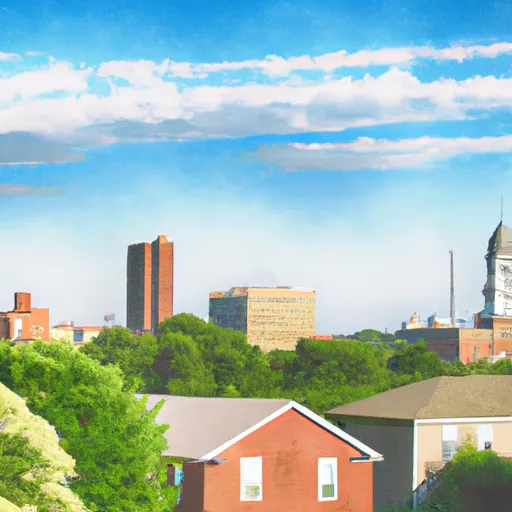°F
°F
mph
Windspeed
%
Humidity











Lima, Ohio, located in the western part of the state, experiences a humid continental climate. Summers are typically warm with average temperatures ranging from the high 70s to low 80s Fahrenheit, while winters are cold, with temperatures often dropping below freezing. The city receives an average annual precipitation of around 40 inches, evenly distributed throughout the year.
The hydrology constituents in Lima mainly consist of the Ottawa River and its tributaries. These waterways not only contribute to the city's water supply but also offer opportunities for outdoor recreation. Fishing enthusiasts can enjoy angling for various species, including bass, catfish, and panfish, while boating and kayaking activities are popular during the warmer months.
Lima is home to several parks and recreational areas that provide ample opportunities for outdoor activities. Faurot Park, the city's largest park, features walking trails, sports fields, and a botanical garden. Schoonover Park offers picnic areas, playgrounds, and a disc golf course. Additionally, Indian Lake State Park, located about 30 miles northeast of Lima, offers a range of recreational activities, such as boating, swimming, camping, and hiking along its picturesque shorelines.
In conclusion, Lima, Ohio, experiences a continental climate with distinct seasons and a moderate amount of precipitation. The city's hydrology constituents include the Ottawa River and its tributaries, providing opportunities for fishing and water-based activities. With numerous parks and nearby outdoor recreation areas, residents and visitors can engage in various activities, including hiking, boating, and picnicking.
Weather Forecast
Lima receives approximately 970mm of rain per year, with humidity levels near 82% and air temperatures averaging around 11°C. Lima has a plant hardyness factor of 6, meaning plants and agriculture in this region thrive during a short period during spring and early summer. Most plants will die off during the colder winter months.



